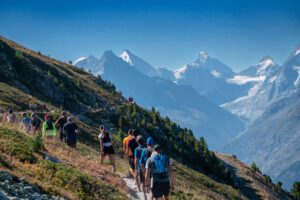Renowned as an embodiment of endurance and spectacle in the Valais Alps, the Sierre-Zinal race carves a challenging 31-kilometre path through some of Switzerland’s most spectacular alpine landscapes. Held annually on the second Sunday of August, the race traverses the eastern slope of the Val d’Anniviers, weaving a trail from the vibrant town of Sierre to the rustic charm of Zinal village. People endearingly nickname the event “the Five 4000 Race”. This pays tribute to the quintet of awe-inspiring peaks – Weisshorn, Zinalrothorn, Ober Gabelhorn, Matterhorn, and Dent Blanche.
Each peak towers above 4,000 meters and is visible from the race route. This esteemed mountain race, a fixture in the alpine running calendar since its inception in 1974, captivates participants and onlookers with its harmonious blend of physical challenge and natural grandeur.
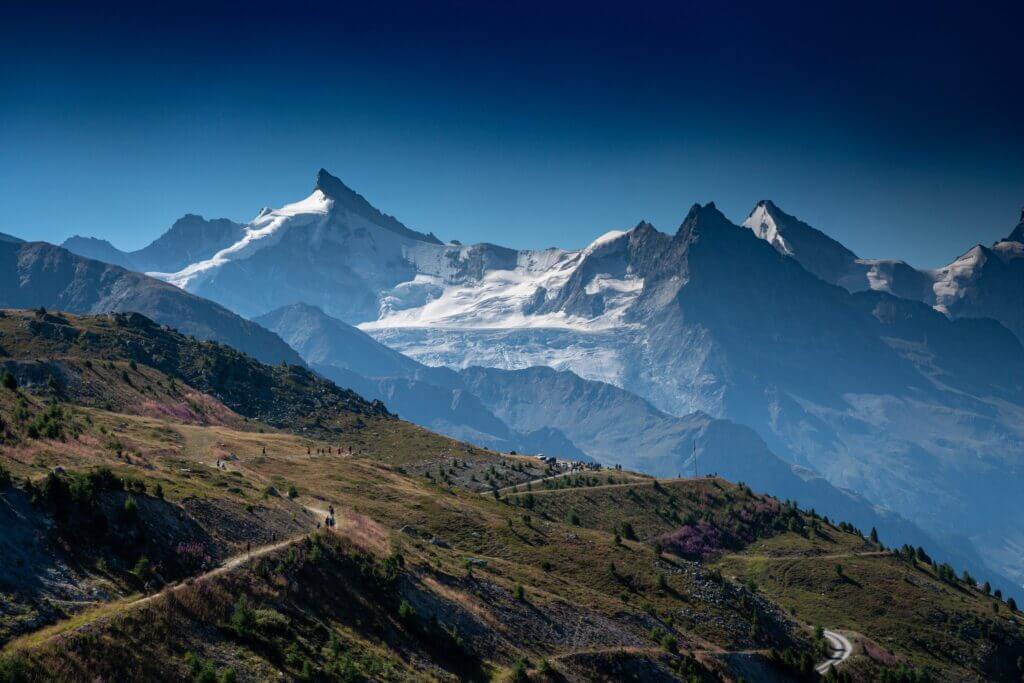
The Turbulent and Triumphal History of the Sierre-Zinal Race
Rise of the Sierre-Zinal Race: From Obscurity to International Acclaim
Jean-Claude Pont introduced the Sierre-Zinal Race in the early 1970s to fill the lack of mountain races in Switzerland. The race covered a 31-kilometre route from Sierre to Zinal through Val d’Anniviers. Both men and women could participate, with a special “Tourists” category for popular athletes. Despite scepticism, the first race was successful, with 422 finishers led by Edi Hauser.
In 1975, Noël Tamini of Spiridon magazine and Pont established the International Mountain Cup (CIME). The Sierre-Zinal Race was instantly added to the calendar. Both the Sierre-Zinal and the Sierre-Montana races were considered top-tier, signifying their international recognition. In 1979, the CIME introduced a “Super” category for difficult races, and Sierre-Zinal was among the first to earn this distinction.
The 2002 race was shortened due to severe weather and was won by Jonathan Wyatt. Wyatt returned the following year to win the full course, setting a record of 2 hours, 29 minutes, and 12 seconds. That year, the race also started appearing sporadically on the Skyrunner World Series calendar.
Triumphs, Trials, and Transitions: The World Long Distance Mountain Running Challenge Journey
The 2004 race hosted the inaugural World Long Distance Mountain Running Challenge, and the first titles went to Ricardo Mejía and Angéline Joly. Both Joly and Anna Pichrtová, in 2008, would later surpass Angela Mudge’s 2001 women’s record of under 3 hours, with Pichrtová setting a new record of 2 hours, 54 minutes, and 26 seconds.
The race faced its share of controversy, with doping incidents disqualifying Eritrean Petro Mamu from his fourth-place finish in 2017 and 2022 initial winners Mark Kangogo and Esther Chesang. The 2018 edition saw the race join the Mountain Running World Cup and Golden Trail World Series calendars, solidifying its place in the international racing landscape.
The Covid-19 pandemic in 2020 forced a change in the Sierre-Zinal race schedule. Organizers moved the race from its original August slot to September. Health measures also led to a shift to a month-long format with flexible start times. During this period, Kílian Jornet and Maude Mathys defended their titles. Jornet won again in 2022 after officials disqualified Kangogo because of doping. They declared Mathys the winner following Chesang’s subsequent suspension. The race continues to be a cornerstone of mountain racing history with its trials and triumphs.
The Spirited Journey of the Sierre-Zinal Race
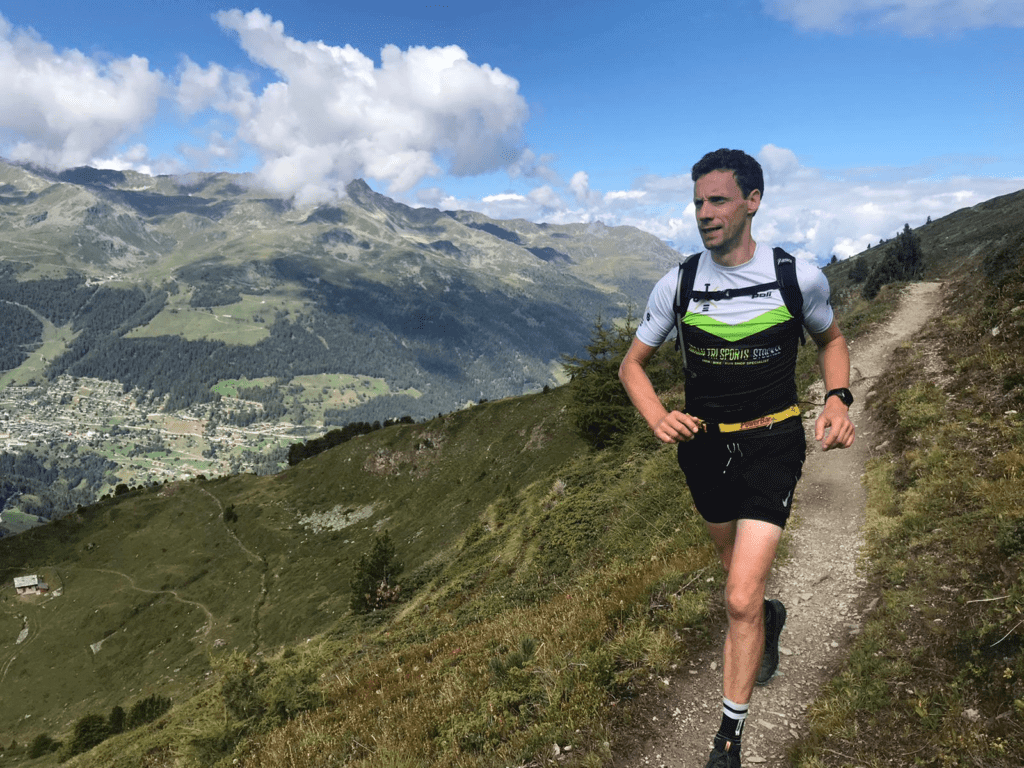
The Sierre-Zinal Race, conceived by Jean-Claude Pont, is a testament to the spirit of racing. It hails the virtues of physical effort and the joy of using one’s body in a challenging yet rewarding endeavour. Its raison d’être extends beyond just the thrill of the competition; it also aims to acquaint participants with the striking landscapes of Anniviers in the Valais Alps.
Affectionately referred to as the “Course des Cinq 4000”, Sierre-Zinal provides a stunning visual treat to the participants. Along their journey, racers are graced with the sight of five peaks soaring above 4,000 m in altitude. These peaks include the majestic Weisshorn, Zinalrothorn, Obergabelhorn, Matterhorn, and Dent Blanche, each remarkable in its towering stature.
A unique aspect of this trail is its bifurcation into two categories: “tourists” and “runners”. Tourists seek the thrill of the race without a fixation on time. Runners, on the other hand, are high-level competitors striving for top ranks. Final classifications are reserved exclusively for runners, adding a competitive edge to this category.
Today, the Sierre-Zinal Race is celebrated globally, drawing many supporters every year. Throngs of fans line the race paths, encouraging all runners, regardless of their level. The crowd’s warmth and camaraderie among the competitors underscore the enduring spirit of racing on this challenging yet picturesque course.
The Record-Breaking Ambassador of the Sierre-Zinal Race
Kilian Jornet, the acclaimed Spanish athlete, has been instrumental in elevating the profile of the Sierre-Zinal Race. This mountain race’s popularity has grown significantly due to his impressive achievements between 2009 and 2021. Although, With nine victories under his belt, Jornet holds a record, surpassing the five-time Mexican winner Ricardo Mejia, who reigned between 1998 and 2005.
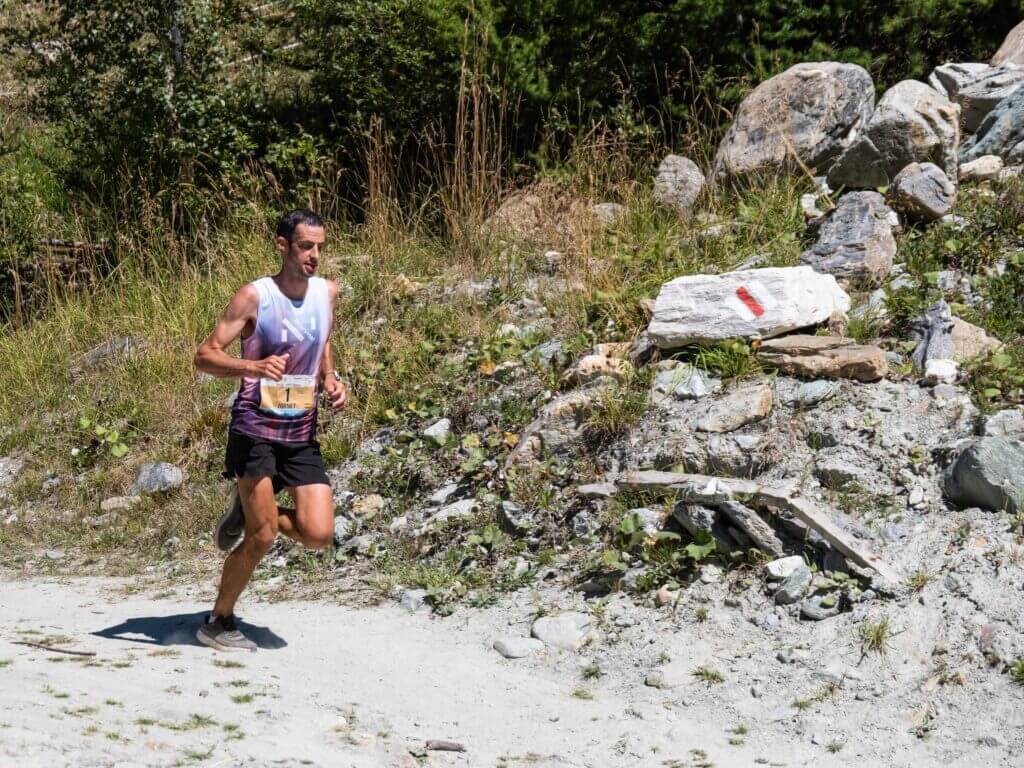
In the women’s category, Czech racer Anna Pichtrova leads with four consecutive wins from 2006 to 2009. British runner Veronique Marot and Swiss competitors Isabella Crettenan-Moretti and Maude Mathys have triumphed thrice in the Sierre-Zinal Race.
Interestingly, runners established both the men’s and women’s event records in 2019. Kilian Jornet set a record time for the men, completing the race in 2 hours, 25 minutes, and 35 seconds. Meanwhile, Maude Mathys registered the women’s record, crossing the finish line in 2 hours, 49 minutes, and 20 seconds. These extraordinary feats underscore the race’s competitive spirit, with Jornet serving as a captivating ambassador for the thrilling world of mountain racing.
The Journey Through the Sierre-Zinal Race
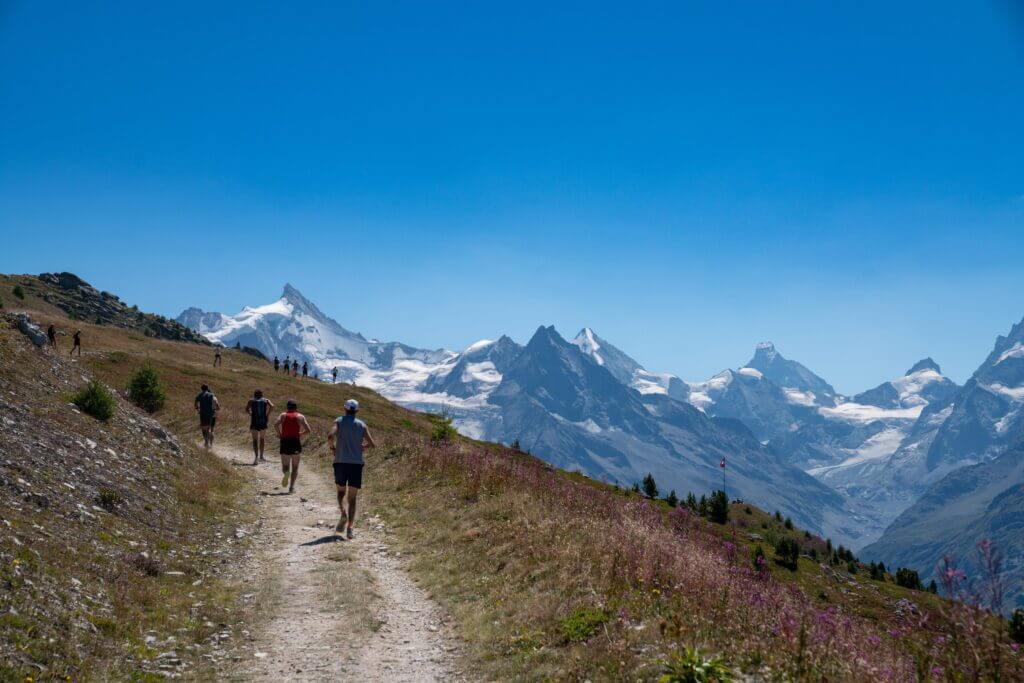
The Sierre-Zinal Race happens in the scenic beauty of Switzerland. This 31-kilometre race requires endurance and courage. The race begins in Sierre, a town at an elevation of 570 meters. It ends in Zinal, a tranquil village situated at 1,680 meters above sea level.
The course for the race includes a considerable climb of 2,200 meters. The racers also need to descend by 1,100 meters. This adds an exciting challenge for the participants. The race includes climbing Nava, the highest point at 2,425 meters. This climb presents both a physical challenge and stunning views. The beauty makes the exertion worthwhile.
The Sierre-Zinal Race in Switzerland categorizes participants as “tourists” or “runners”. The race starts in phases, with tourists starting between 4:45 a.m. and 5:25 a.m. and runners between 10:00 a.m. and 10:10 a.m., all based on bib numbers. The runners’ group is classified by age and sex, unlike the tourists.
The race starts from the base of Val d’Anniviers road, climbing eight kilometres to Ponchette pasture, followed by a rolling section and descent to Chandolin. The route then stretches ten kilometres to Nava, offering a view of five peaks above 4,000 meters.
After Nava, the race descends to Barneuza, with the last aid station. The final part is a challenging three-kilometre descent to the finish line in Zinal. A festival at Zinal announces the results and prize distribution. The race is a blend of physical challenge and natural beauty.
Key Characteristics
| Aspect | Description |
|---|---|
| Distance | 31 kilometres |
| Elevation | 2,200 m ascent, 1,100 m descent |
| Departure | Sierre (570 m) |
| Arrival | Zinal (1,680 m) |
| Highest Point | Nava (2,425 m) |
The Leadership Journey of the Sierre-Zinal Race
The Sierre-Zinal race has seen a change in leadership over the years. Despite this, it has maintained a deep connection to its rich past. The race was founded by Jean-Claude Pont in 1974. He also served as its first race director.In 2014, Pont handed the baton to Tarcis Ançay. Ançay is a former champion of the race. However, Ançay’s time as director was brief. It lasted only six months.
In 2015, Vincent Theytaz took over. Theytaz assumed the crucial role of leading this iconic event. The committed leadership throughout the years has been significant. It has preserved the race’s allure. Furthermore, it has ensured the race’s position in the international mountain racing circuit’s history.

